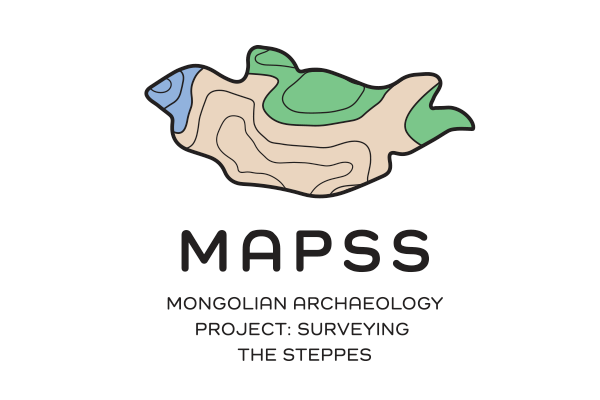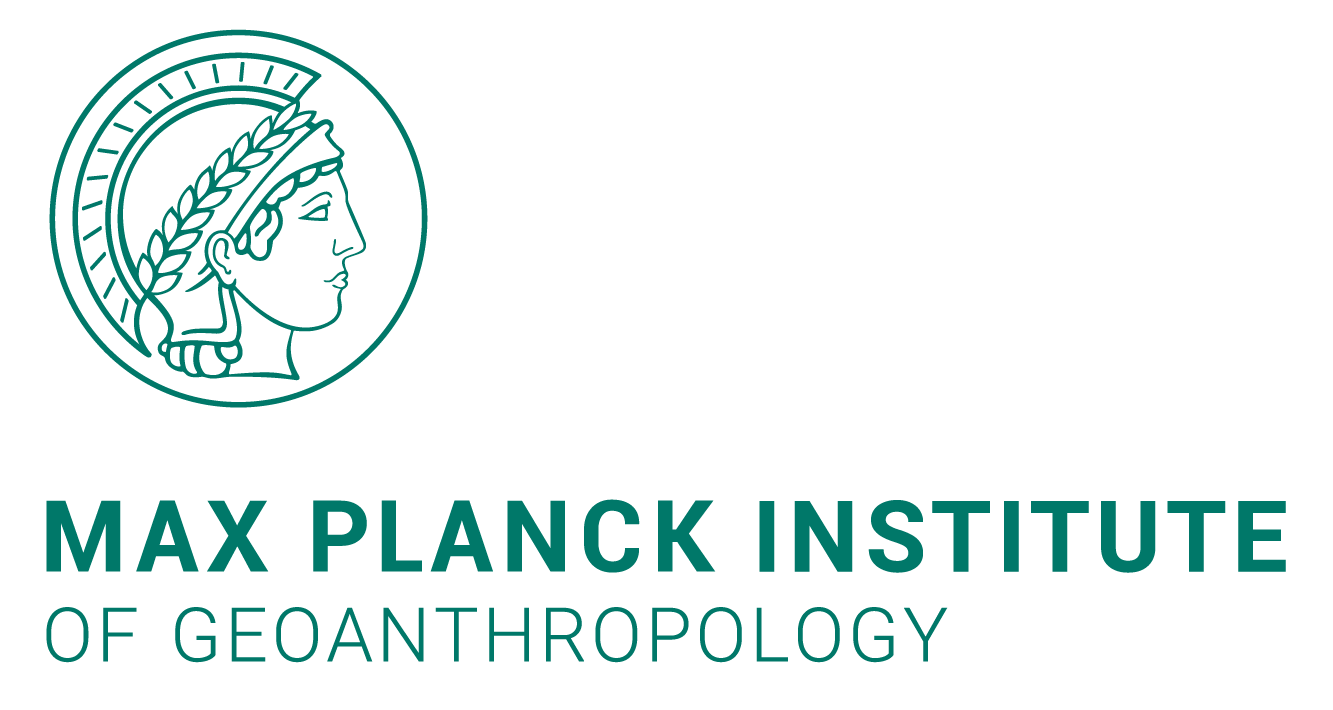The Mongolian Archaeology Project: Surveying the Steppes (MAPSS), launched in July 2021, aims to document the rich archaeological and cultural heritage landscape of Mongolia.
Generously supported by a five-year grant from Arcadia, MAPSS will integrate manual and automated remote sensing methodologies with archival records and ground truthing surveys in order to identify the location, archaeological attributes, and condition of sites and features across Mongolia. Additionally, MAPSS analysts consider near- and long-term threats to archaeological sites, including illicit digging, open-pit mining, natural erosion, and the impacts of climate change. The project will capture all data in a customized, open-access instance of the Arches v7 semantic graph database platform, while employing additional digital technologies such as GIS, Machine Learning, and 3D drone imaging.
A multinational team
The MAPSS research group consists of a multinational team and is housed in the Max Planck Institute of Geoanthropology’s Department of Archaeology. The project partners with the Mongolian Ministry of Culture, the Mongolian National Centre for Cultural Heritage, the Mongolian Academy of Sciences/Institute of Archaeology, the Chinggis Khan National Museum, and Griffith University, Australia.
Mongolian archaeology
Mongolia possesses an extraordinary wealth of archaeology. From monumental burials to Buddhist temples, from enigmatic “deer stone” monuments to Genghis Khan’s legendary capital city at Karakorum in the middle of the vast open steppe, there is an astonishing range of archaeological sites. Spread across all 21 of the nation’s provinces or aimags, an area spanning more than 1.5 million square kilometers, they bear witness to thousands of years of human history and culture. And in their diversity of settings, from the forested river valleys of the Altai Mountains to the arid sand dunes of the Gobi, they show the ingenuity our species – our determination and ability to adapt. MAPSS approaches this richness with a view to integrating the knowledge and information generated by a century of archaeological research in Mongolia with the latest innovations in remote sensing methodology and digital technologies. Our goal is that this work will leverage these technologies to facilitate ready access to the incredible archaeological heritage of Mongolia for generations to come.







